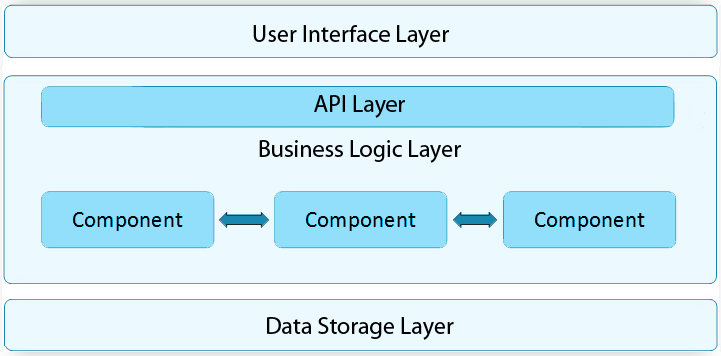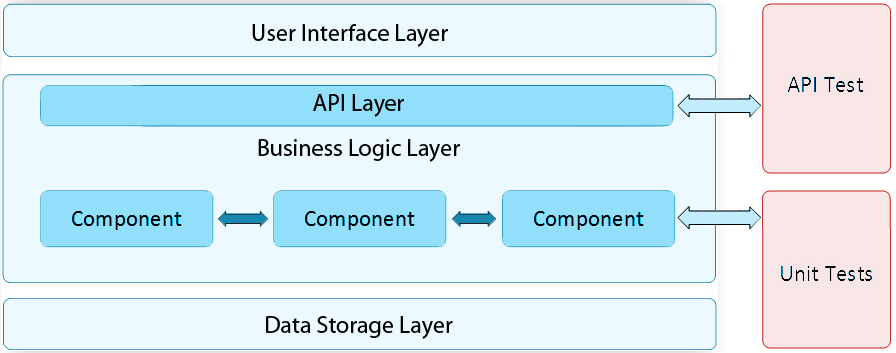Introduction
Application Programming Interfaces (APIs) have become the center for developing, connecting, and transferring data and logic across disparate systems and applications. Testing them can considerably improve the efficiency of the testing strategy as a whole, which helps deliver better software faster than ever.

What is API Testing?
APIs are the connective tissue between different layers of an application or different systems altogether. Applications often have three layers: a presentation layer (GUI), a service layer (API) and a data layer, which contains the rules of how a user can interact with the data, services, or functions of the application. As the API layer directly contacts both the data layer and the presentation layer, it presents the sweet spot of continuous testing for QA and Development teams.
API testing generally consists of making requests to a single or multiple API endpoints and validating the response. Whether it be for performance, security, functional correctness, or just a status check. UI testing focuses more on validating the look and feel of a web interface or the functionality of the particular button. API testing emphasizes the testing of business logic, performance bottlenecks, data responses, and security.

Advantages of API testing over Traditional UI testing:
- Faster than GUI tests.
- Without a UI, they can be created earlier in the SDLC.
- Creation and GUI testing is less demanding
- Easier Test maintenance.
- Faster time to Resolution.
- Speed and coverage of testing.
Types of API testing:
- Unit Testing: This is performed to test the functionality of individual operations.
- Integration Testing: This is the most used form of API testing.
- End-to-End Testing: This helps validate the flow of data and information between different API connections.
- Performance Testing: This helps verify the actual performance and helps evaluate how much traffic the system can handle.
- Security Testing: This helps ensure the API implementation is secure from external threats.
What exactly is “verified” in the API Testing?
- Data Accuracy
- Response Time
- HTTP Status Codes
- Authorization Checks
- Error codes in case the API returns any errors
Tools used for API Testing:
- Postman
- Katalon Studio
- SoapUI
- Parasoft
- MicroFocus UFT
- vREST
- Jmeter
- Rest-Assured
Why is API Testing Important?
The migration to cloud computing has highlighted the importance of APIs. With the rise in cloud-based applications and interconnect platforms, API testing is a necessity. Most of the services we use daily rely on hundreds of different interconnected APIs.
What Kind of APIs can be Tested?
APIs have evolved from simple code libraries where the applications could run code on the same computer to remote APIs that allow codes on one computer to invoke code hosted somewhere else.
Conclusion:
We recommend this type of testing for short release cycles with fast feedback loops, such as Agile and DevOps testing teams. Tests conducted at the API layer are less brittle and easier to maintain. Agile methodologies have overtaken the waterfall model in the industry. Therefore, API testing is considered the most effective and highly recommended testing in the Agile world.

